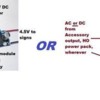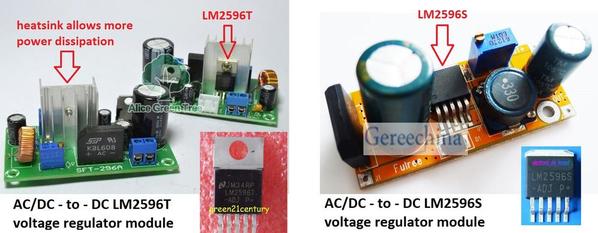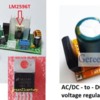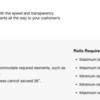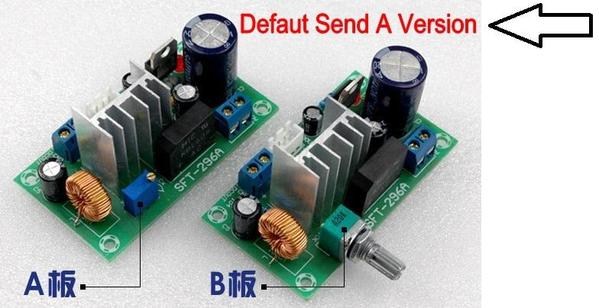If you're going with a regulator module, then you'll need a multi-meter to set the output to 3.0V DC or whatever. Use the DC voltage mode to confirm polarity (positive/negative) of your wall-wart wiring. Yes, there are conventions on wire markings and colors for polarity indication (ribbed, smooth, solid lines, dashed lines, white, black, etc.) but I've stopped counting the exceptions to the rule that I've encountered. It only takes a couple seconds to determine polarity of your wall-wart wiring. Allow me to be blunt - you'd be a fool not to do so!
If this is the first time you're using the regulator modules, the potentiometer (usually blue) screw adjustment can be tricky. Again, you'd think turning CW would increase the output and it probably does. The adjustment range is something like 20 to 30 turns. These devices have a clever slip mechanism so it doesn't run into a hard stop on either rotational end - it just makes a faint click and stays at the end of the range if you turn too much in either direction. Also, the full range of output voltage adjustment is mapped to those turns. So, in round numbers, the voltage should change about 1 Volt per turn. If the module was set to, say, 15V output when shipped you could run into a situation where you turn the adjustment screw both CW and CCW and nothing happens. This is because the module can only generate/regulate output voltages less than the input voltage. So if the input is, say, 12V and the screw is set for 15V you need to turn it until the output is set to 10V, 9V, 8V or whatever before the voltmeter starts showing movement. Nothing you wouldn't figure out yourself but may save some head-scratching!





